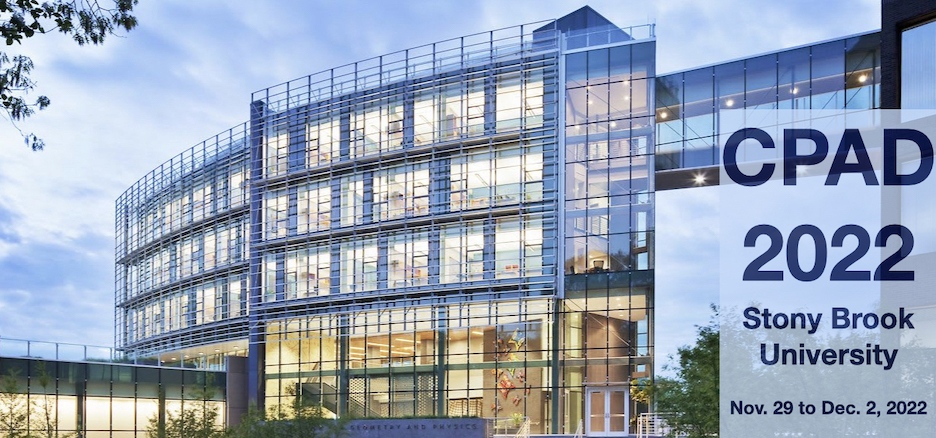Speaker
Description
New live-cell chemical imaging techniques became feasible due to the progress in superconducting quantum detectors. One can decompose IR radiation coming from the region of the single cell dimensions over 1000 or more spectral channels and timestamp IR photons arriving to the detector array with about 10 ps time resolution. This opens ways to use IR luminescence spectroscopy, which can be minimally invasive, does not produce phototoxicity, does not require external tagging markers, and can provide more information about cell processes than techniques based on Raman scattering of visible light. One can measure IR light-induced luminescence and self-luminescence of the samples. Special design tricks
can minimize thermal radiation from outside of the sensing volume to entering the detection system, and induced luminescence is compatible with cryopreservation, where the thermal radiation background is absent.
Through technique will require a table-top cryogenic enclosure for a cold monochromator, detectors, and small samples which can stay warm, it will be compatible with other optical techniques used for live cell
studies. The system can be used to study possible therapeutic effects of low-intensity modulated RF, microwave, and IR signals and to look for quantum entanglement and squeezing of biophotons which is more likely to observe in IR than in ultra-low visible and UV photon emission from live cells.
Currently, SNSPD technology allows the detection of photons up to 15 um wavelengths, and we expect further technological progress and an increase of the energy sensitivity toward the detection of single quanta in sub-mm (THZ) region due to important application in space astronomy, particle physics,
quantum communications, and quantum computing.
This work was performed under the auspices of the U.S. Department of Energy
by Lawrence Livermore National Laboratory under Contract DE-AC52-07NA27344.

